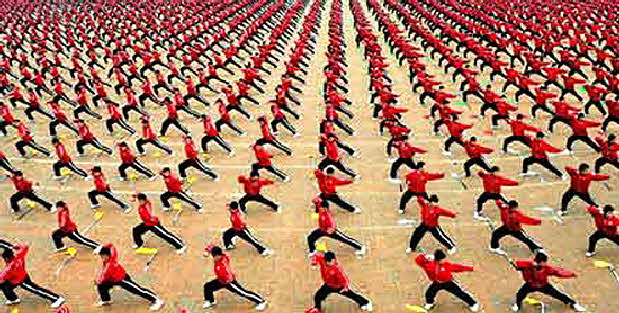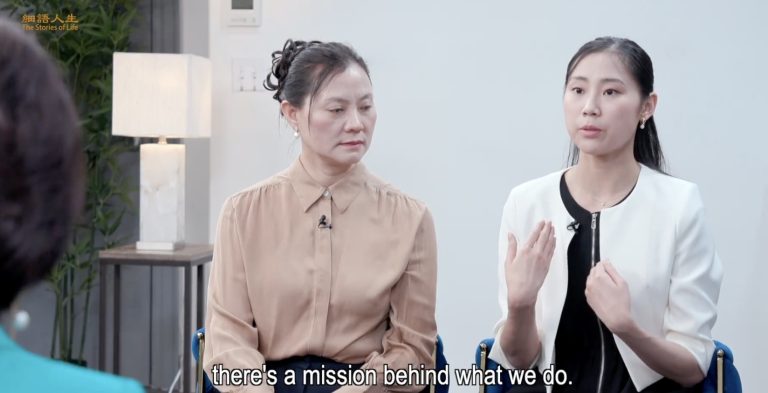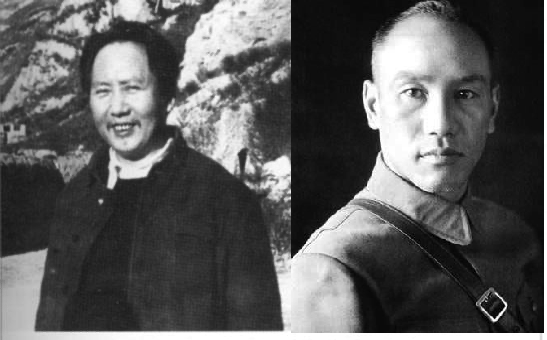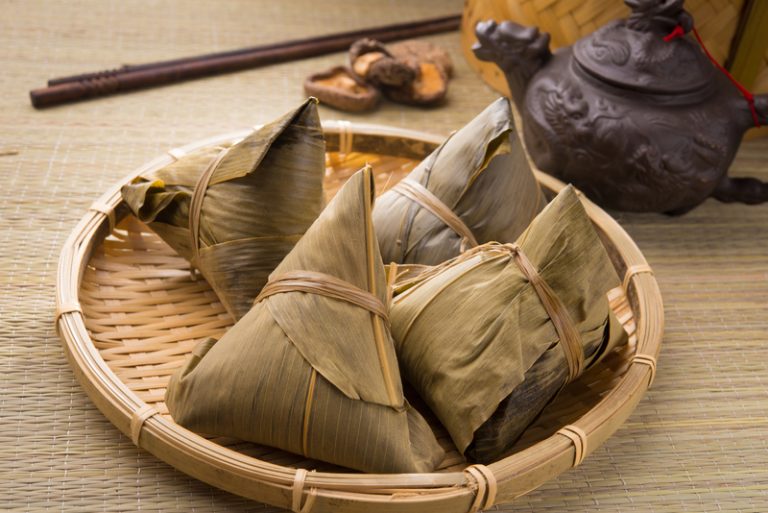Reposted with permission from LuxuryWeb.com.
Located in the capital city of Henan Province, Zhengzhou is one of the 5 imperial capital cities that form the cultural and historic center of China. The region is the “home” of many things Chinese; a culture that started flourishing more than 5,000 years ago, and is still going strong.
If you’ve seen pulpy martial arts TV series “Kung-Fu” from the 1970s, and films such as “Fists of Fury,” “The Way of the Dragon,” etc, created in Hong Kong, introduced me and countless others to Kung Fu and the Shaolin Temple’s martial arts tradition. In these “Kung Fu”, series, the history portrayed in the series is fictional.
The real story of the temple being destroyed and a monk seeking refuse in the U.S. is partially true, because the temple was attacked and destroyed several times in ancient times, especially during the 20th century; resulting in many monks escaping to the U.S. where they set up schools teaching Shaolin-style martial arts.
To understand Chinese Kung Fu and other Chinese martial arts, one should understand Buddhism’s belief in wisdom, serenity and spiritual as well as physical development. Shaolin Kung Fu is the initial style developed by the Shaolin monks more than a thousand years ago as protection against marauding bandits and it eventually became one, among many, of China’s martial arts traditions.
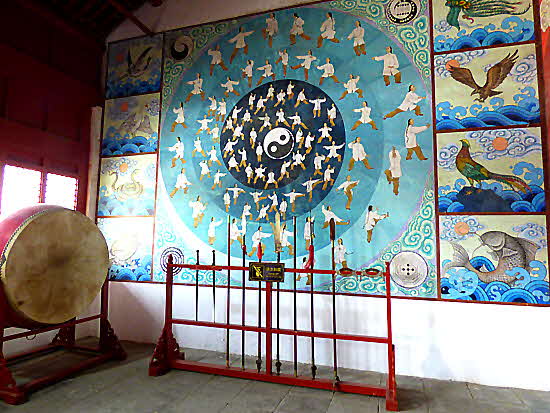
Success
You are now signed up for our newsletter
Success
Check your email to complete sign up
During the Sui Dynasty (CE 581–618), the fundamental blocks of Shaolin Kung Fu training took a formal character when the Shaolin monks began creating their fighting system. By the early Tang Dynasty (CE 618-907), the temple had trained its monks into a formidable combative army. Unfortunately, the monks supported the Ming government (1368-1644), and in 1641 the temple was sacked by the anti-Ming rebel Li Zicheng.
In the last three decades, the Chinese government re-established the Shaolin Temple and the fighting style taught at the temple is now called Wushu. Because of the popularity of Kung Fu and Zen Buddhism in the rest of the world, many “Shaolin” schools operate in towns and villages around the temple. Tourists came to see the Shaolin Temple, and foreigners want to train in the schools.
Today, there is only a single school operating in the actual temple site. In the early mornings, I saw cadres of Kung Fu students of all ages practicing in large and small groups in training fields around the temple as well as in city parks.
It is impossible to tell fact from fiction in the Shaolin Temple’s storied past. I was really curious to find out whether the TV series and the films had any real substance or were the fight portrayals just a product of the producer’s and director’s imaginations, combined with Chinese lore and film production magic. So, when the opportunity arose to participate in the International Mayor’s Forum on Tourism in Zhengzhou, since the Shaolin temple is in Dengfeng about two hours from Zhengzhou, I accepted the invitation and traveled to China.

While visiting the temple site, I did not see many monks. Since it was during the middle of the day and, as I understand it, most were either training students or working in the kitchen, the vegetable garden or the grounds. The individual monks have no income. They live at the temple, which provides shelter, food and clothing — a simple robe, pants and sandals — and they have their sleeping quarters there. The Temple is part of a group of classic buildings; a few date back to the Northern Wei Dynasty 386 to 534 but a few, such as the monk’s living quarters, are more recent refurbishments of ancient structures made in 1993.
In the afternoon, after we visited the temple, we also visited the Tagou Martial Arts School where we saw the grounds and training rooms. We met Master Shen Jia who was born in Dengfeng City, now considered the hometown of Chinese martial arts. He has explored different forms of Kung Fu since childhood and is outstanding at the traditional Shaolin style which he demonstrated using staffs, spears, sabers, double short swords, and throwing stars.

The evening after I visited the temple, I also experienced “The Grand Ritual of Zen Buddhist Music.” It is a majestic adaptation of a European “Sound and Light” style performance; a live show that uses hundreds of performers and Kung Fu practitioners. It takes place after dark at a natural amphitheater set in Songsan’s mountainous terrain with an “ancient temple” background.
It is absolutely spectacular and if you are visiting the temple or are anywhere close to the area, it is a “must see” performance combining martial arts and regional dances. Usually, the show takes place from 8 to 9:15 p.m. from March to November.
Visit LuxuryWeb.com to see the original article and more.



